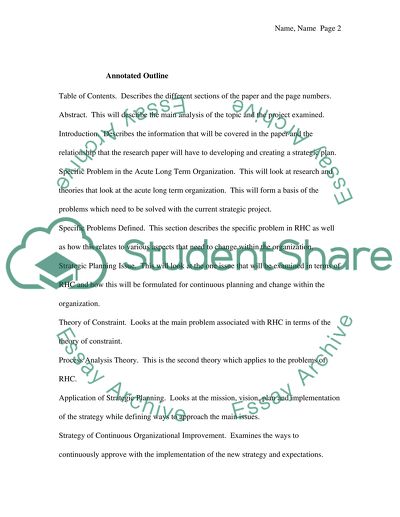Cite this document
(“Institutional Realities Research Paper Example | Topics and Well Written Essays - 3750 words”, n.d.)
Retrieved from https://studentshare.org/family-consumer-science/1421275-institutional-realities
Retrieved from https://studentshare.org/family-consumer-science/1421275-institutional-realities
(Institutional Realities Research Paper Example | Topics and Well Written Essays - 3750 Words)
https://studentshare.org/family-consumer-science/1421275-institutional-realities.
https://studentshare.org/family-consumer-science/1421275-institutional-realities.
“Institutional Realities Research Paper Example | Topics and Well Written Essays - 3750 Words”, n.d. https://studentshare.org/family-consumer-science/1421275-institutional-realities.


